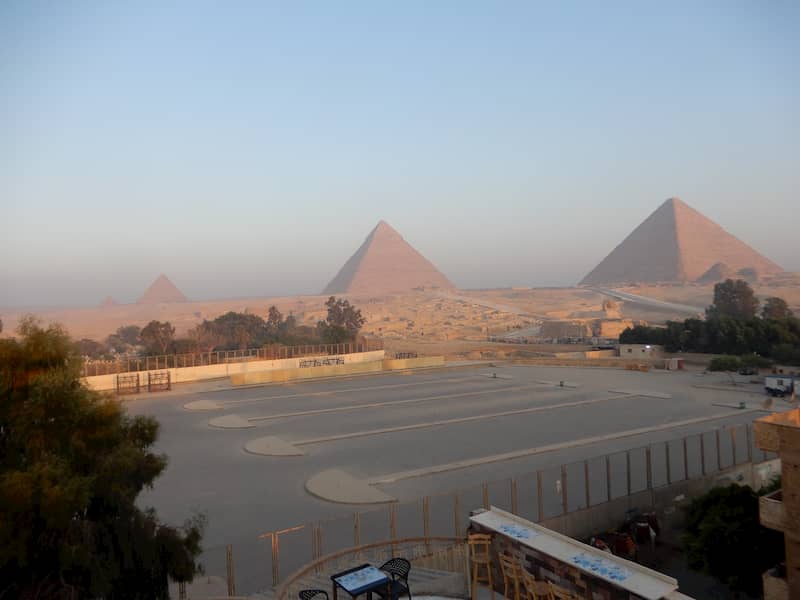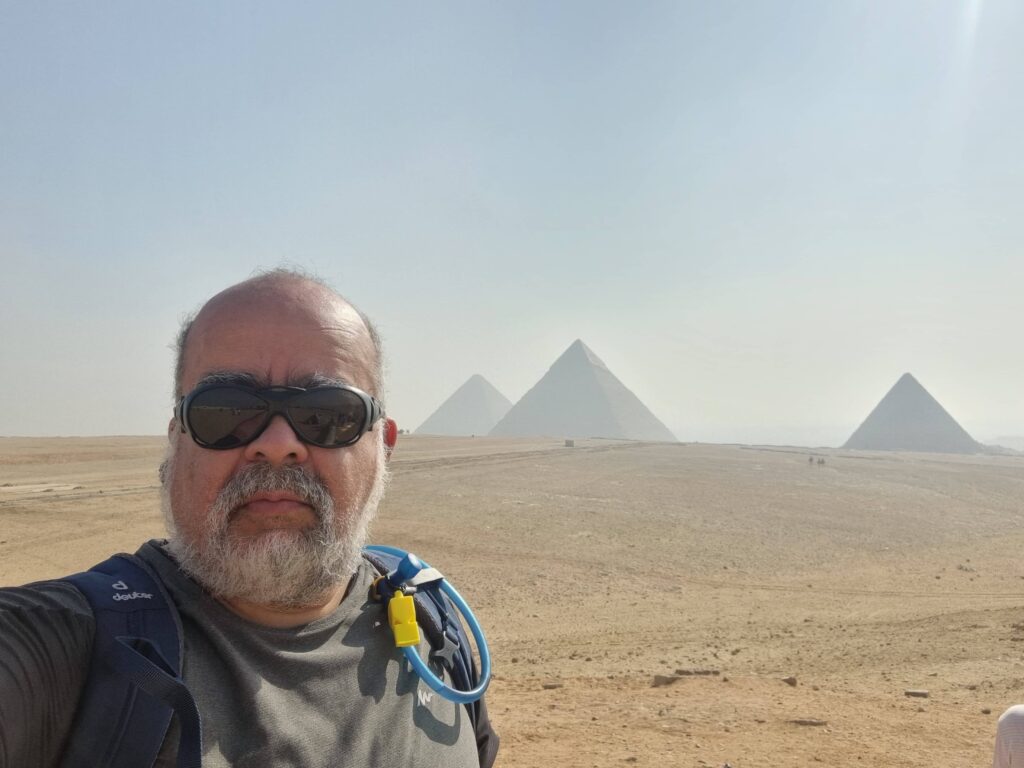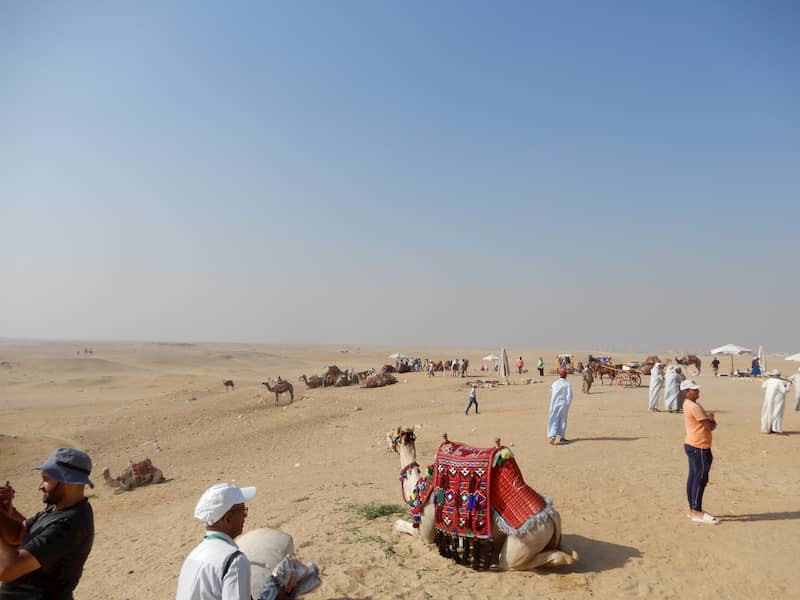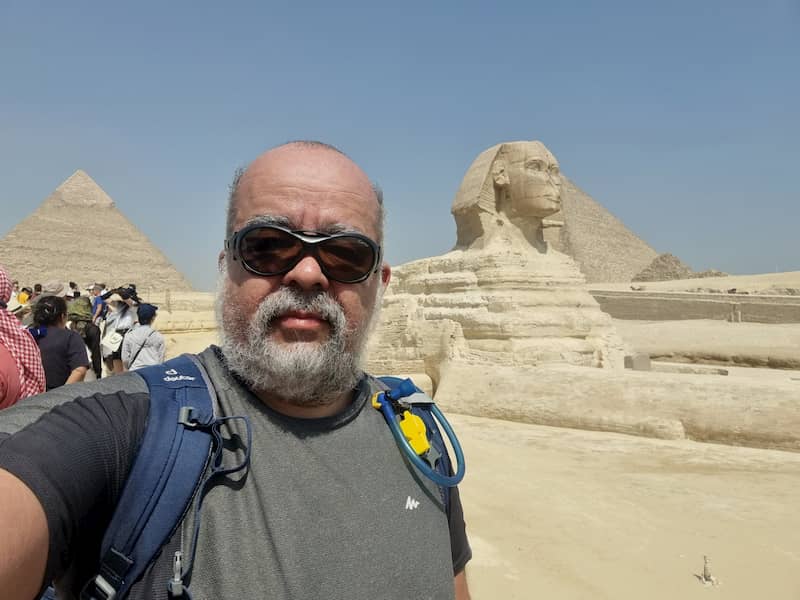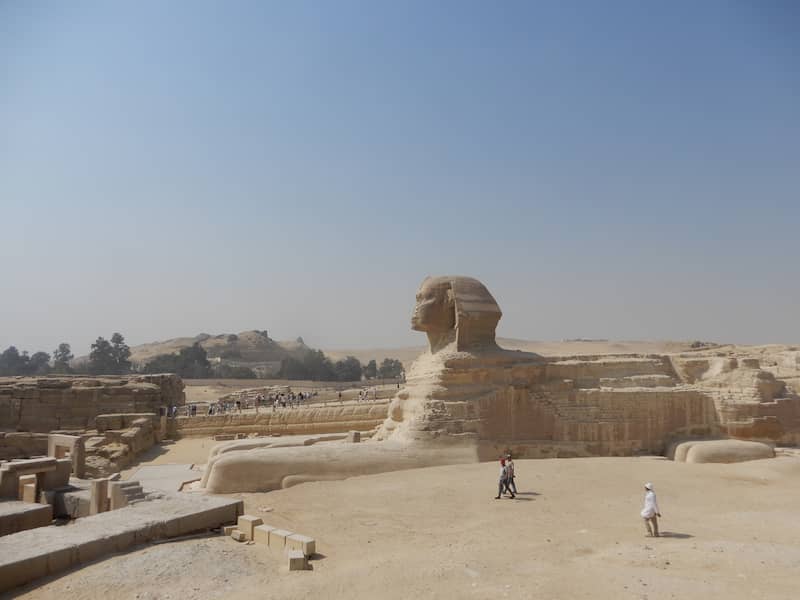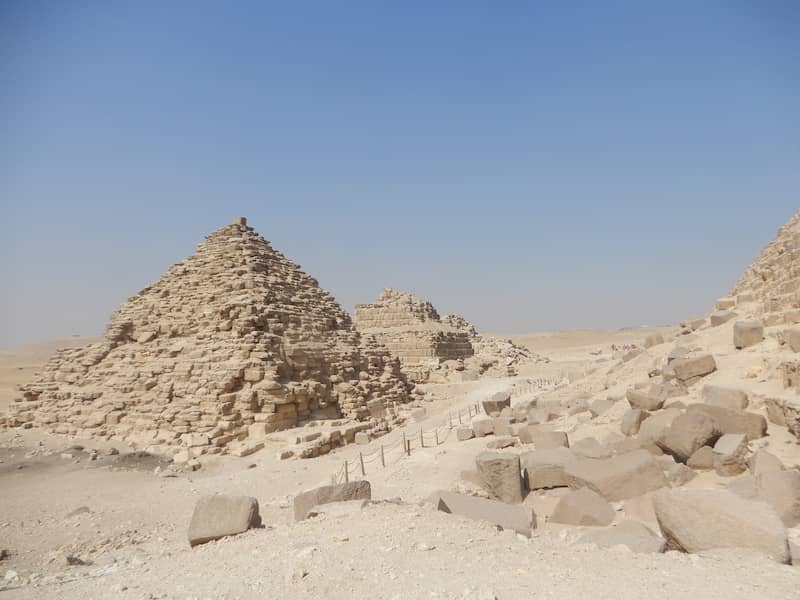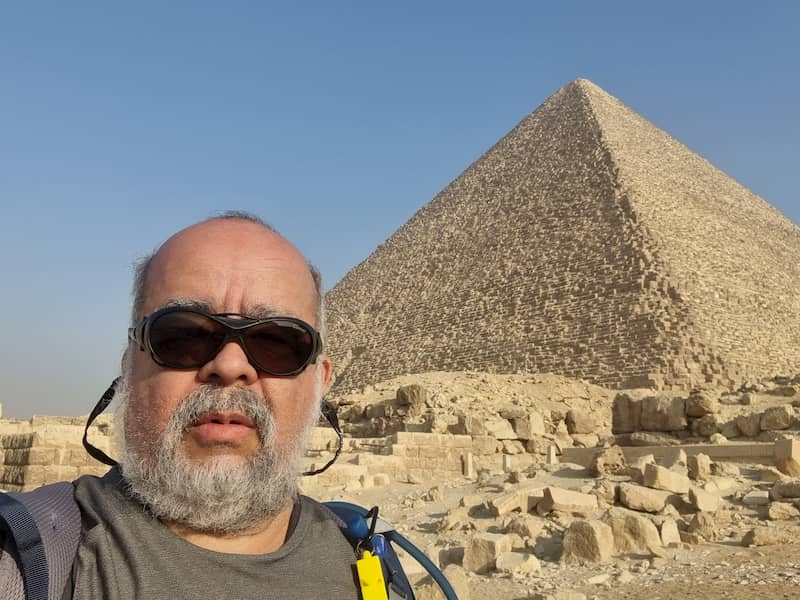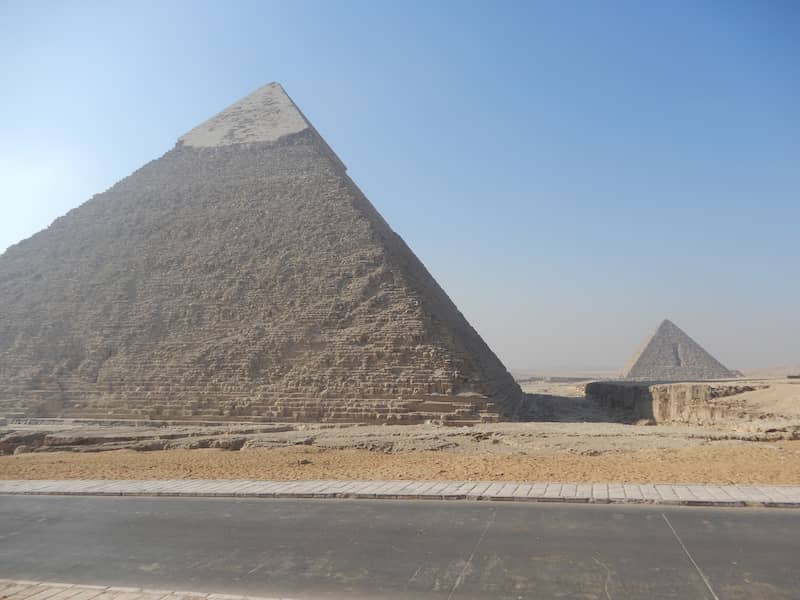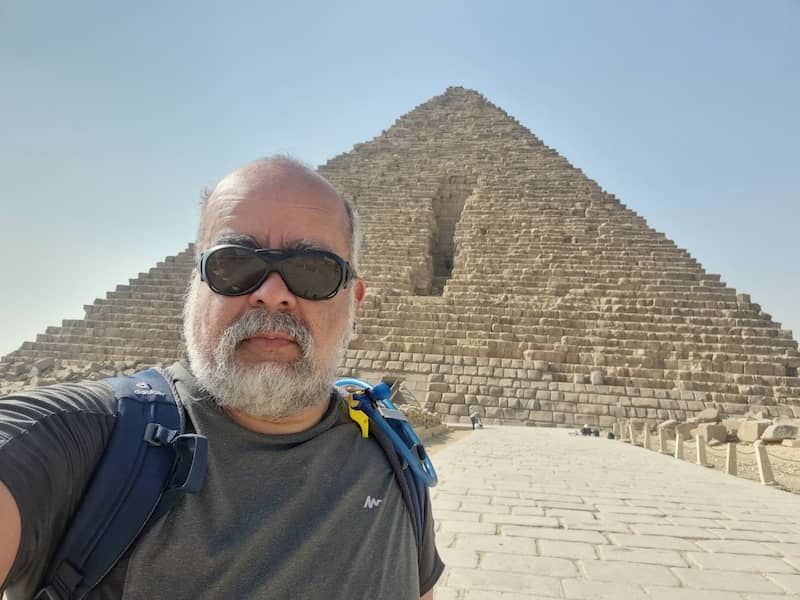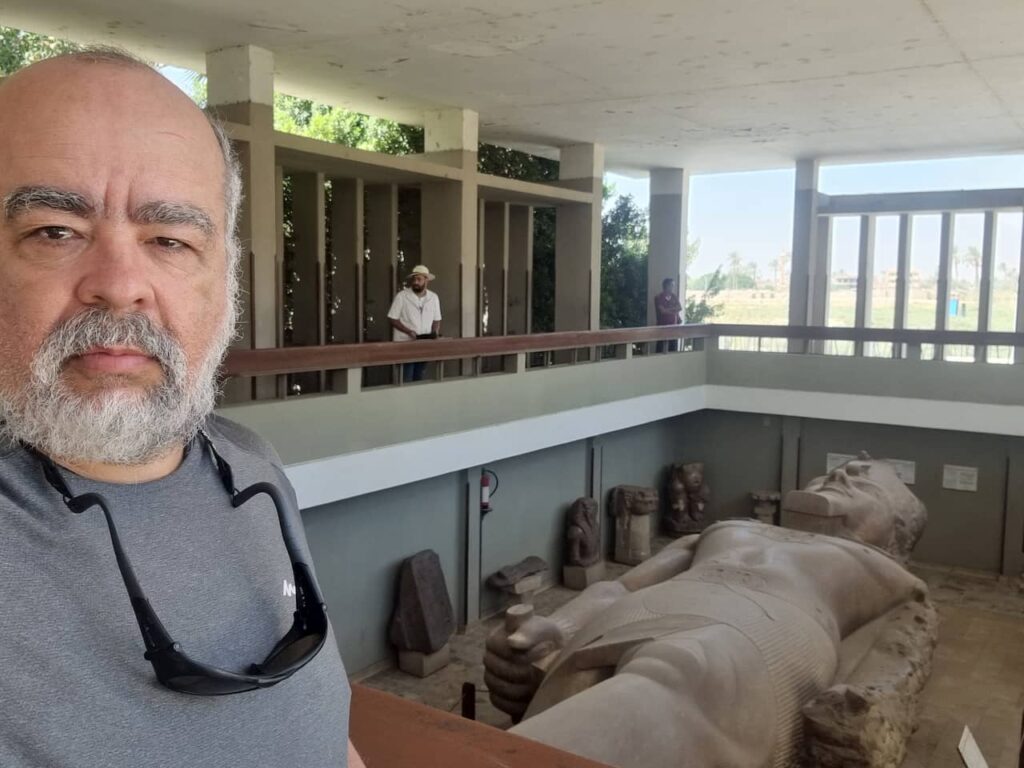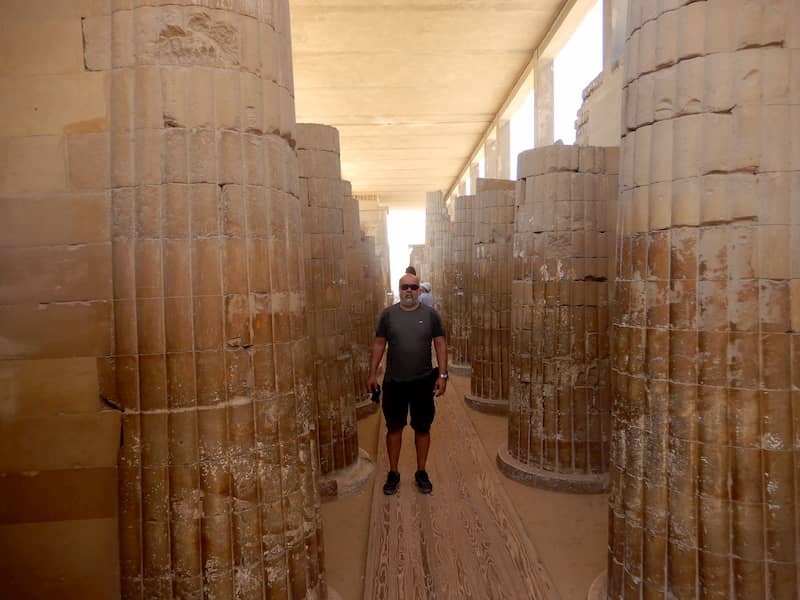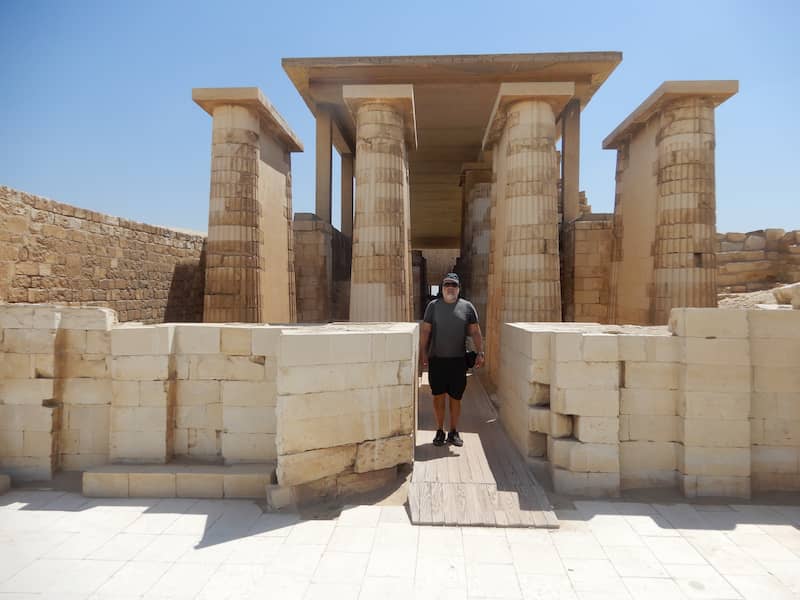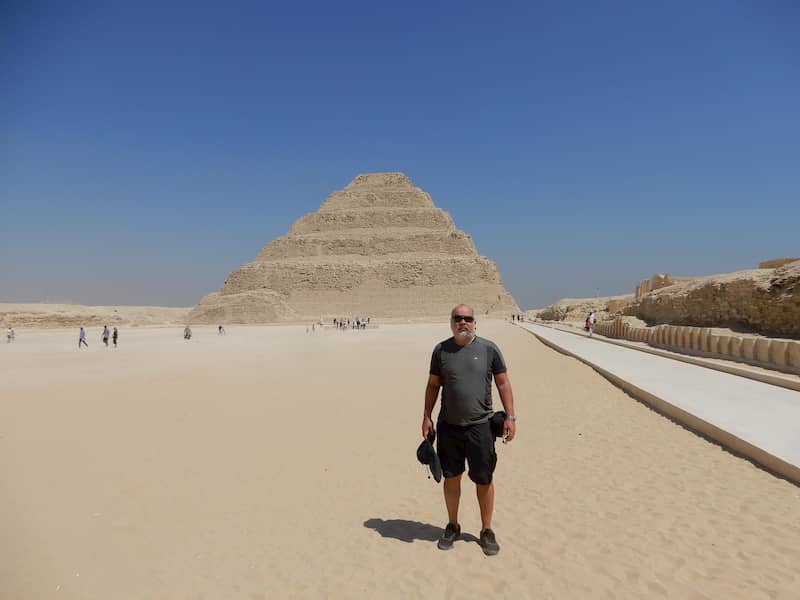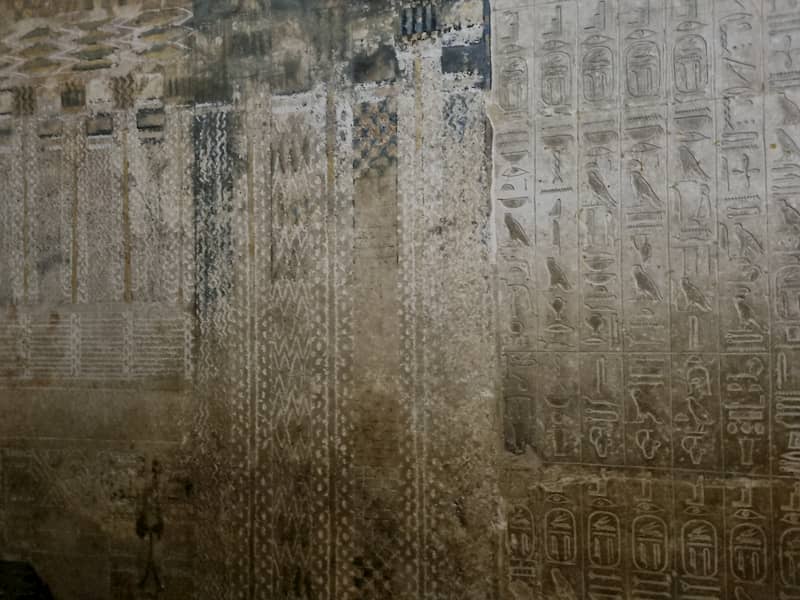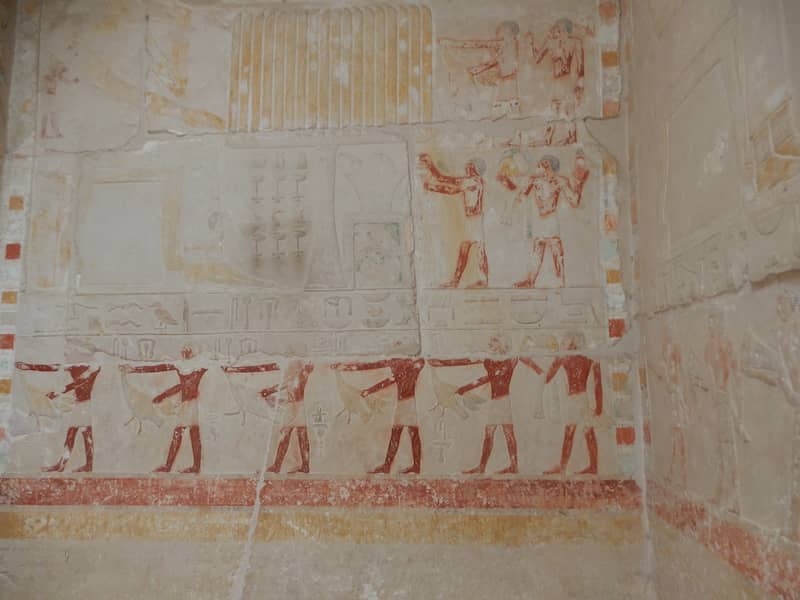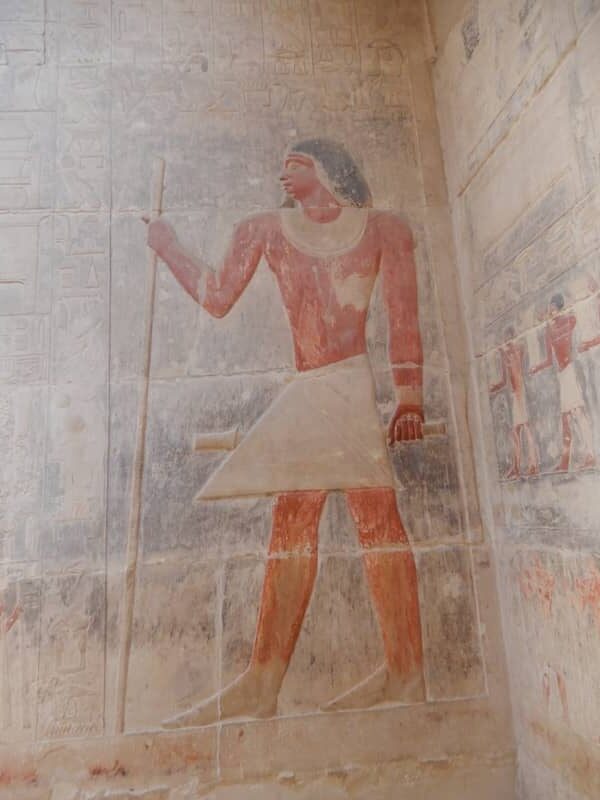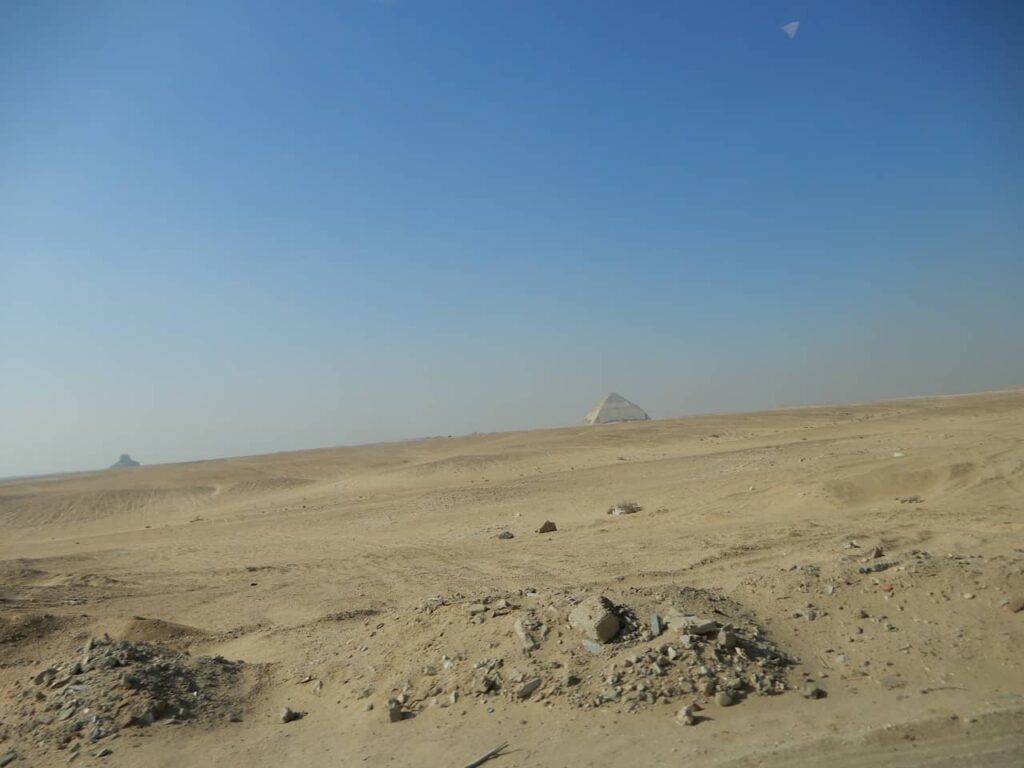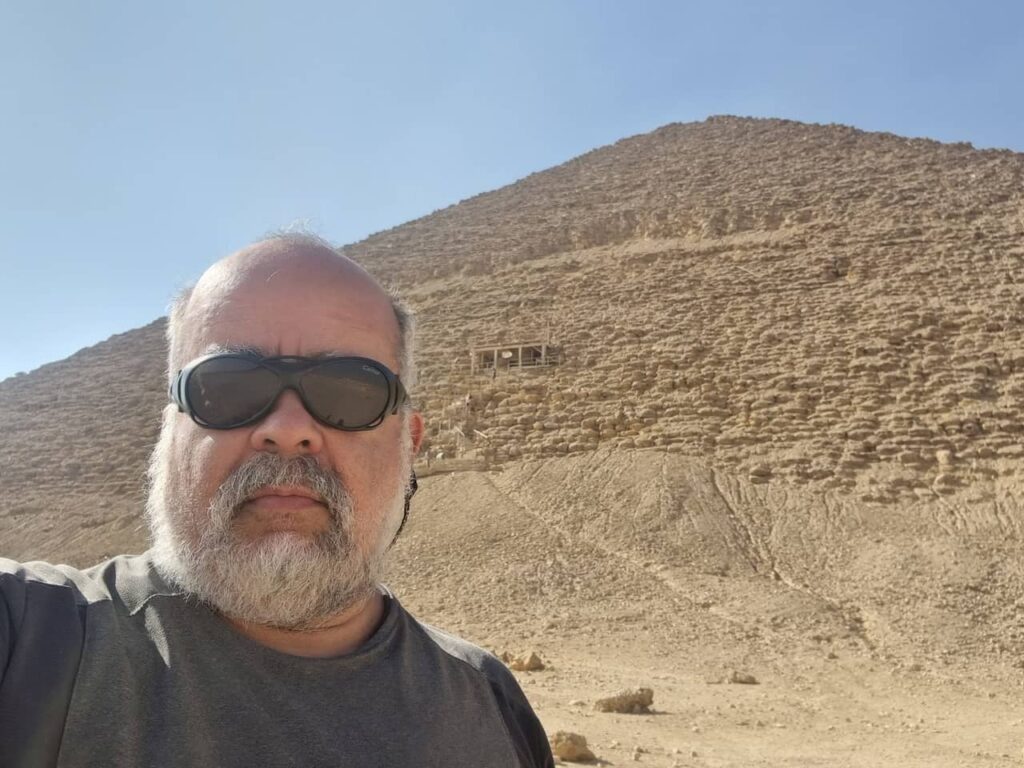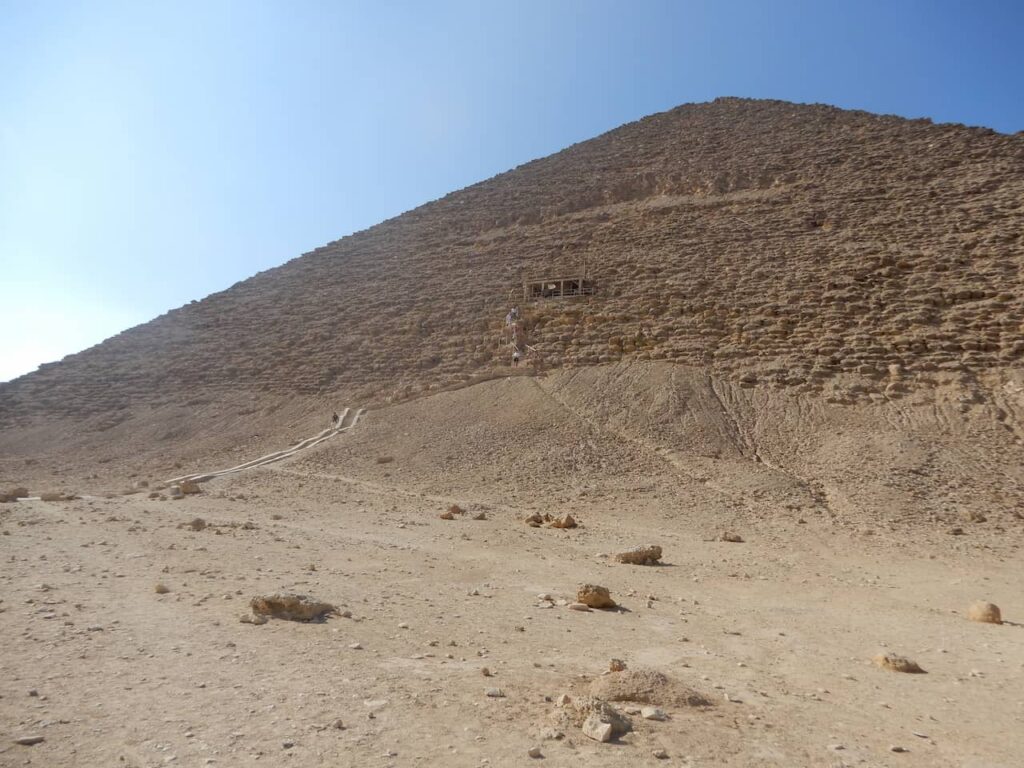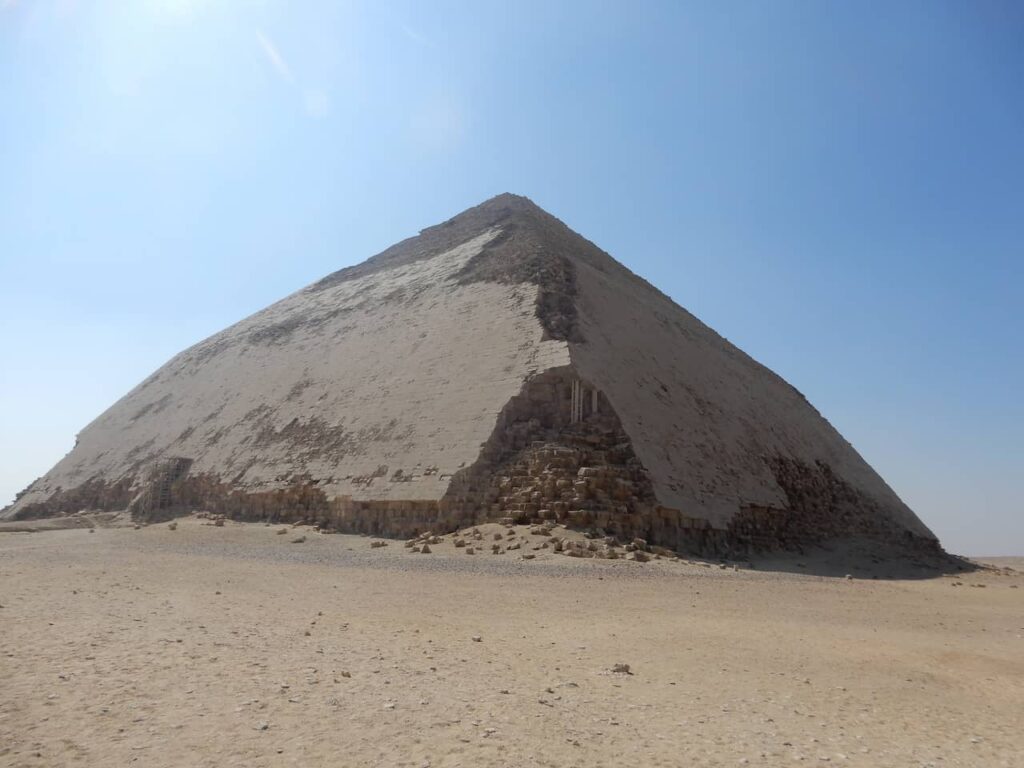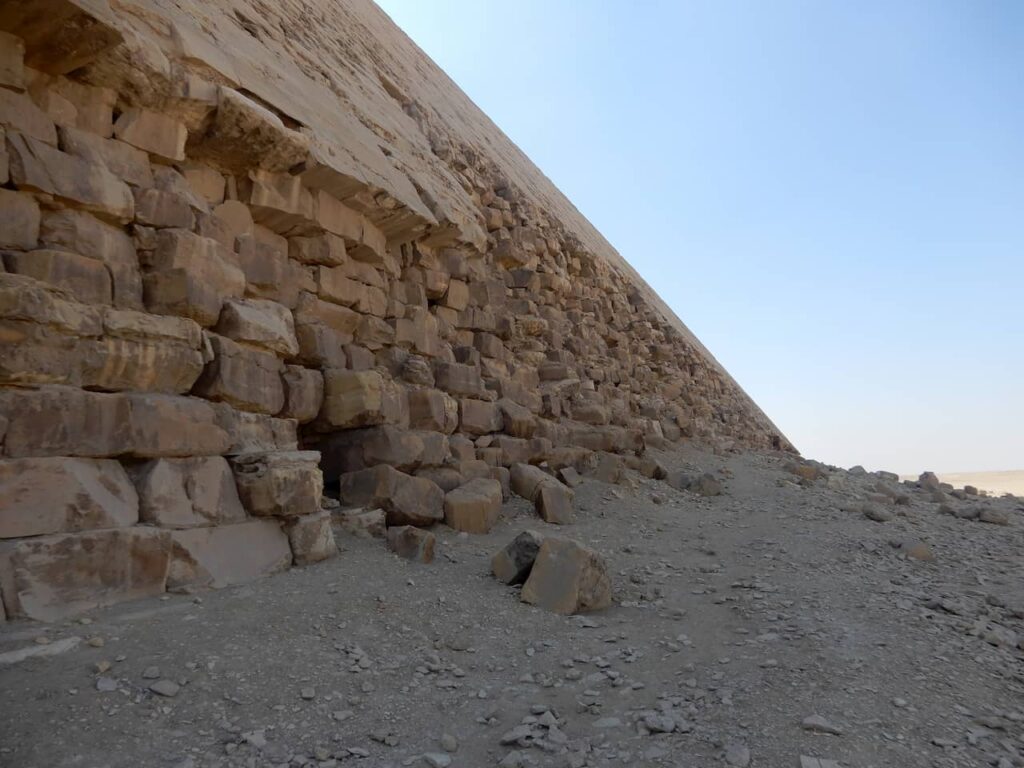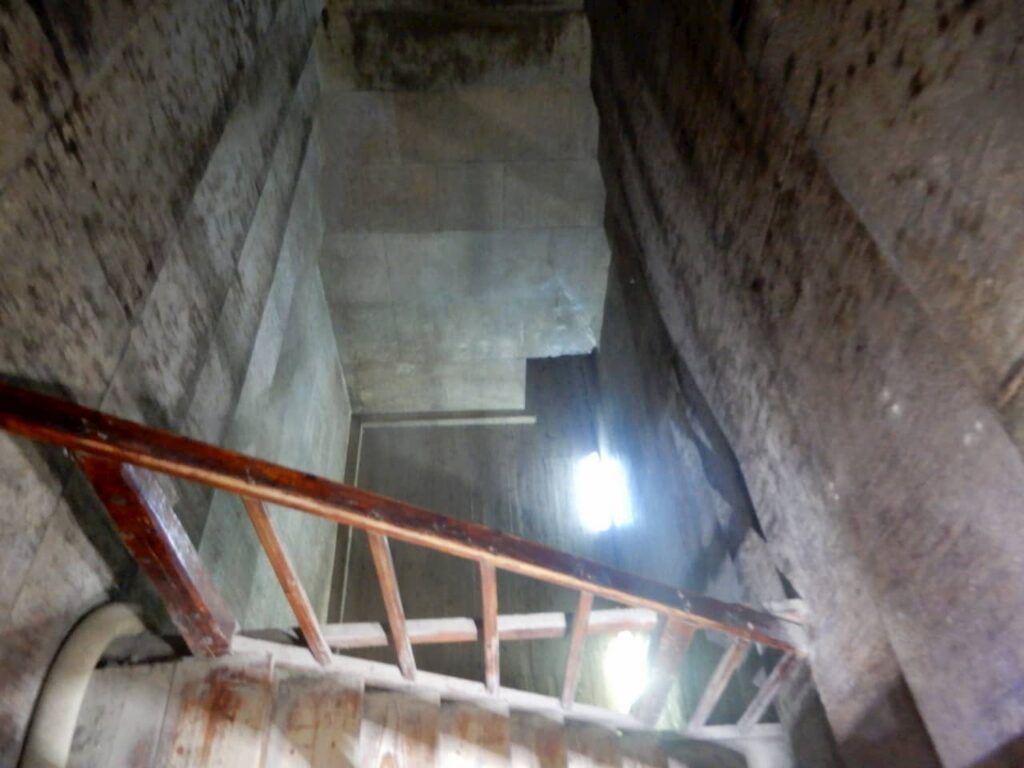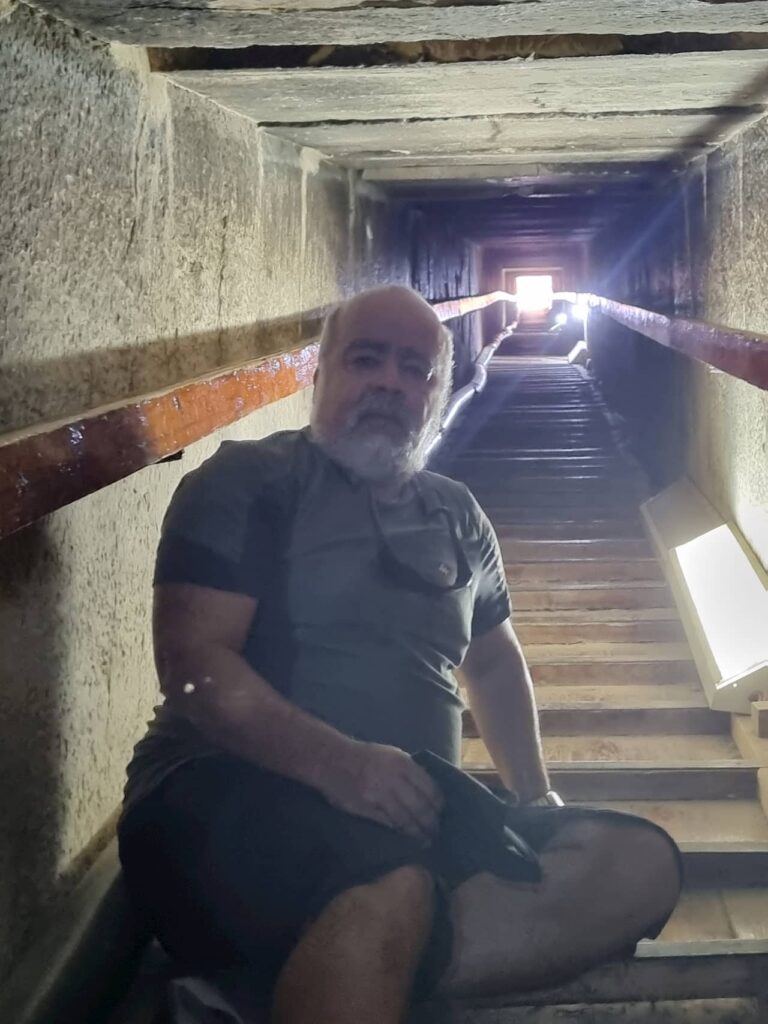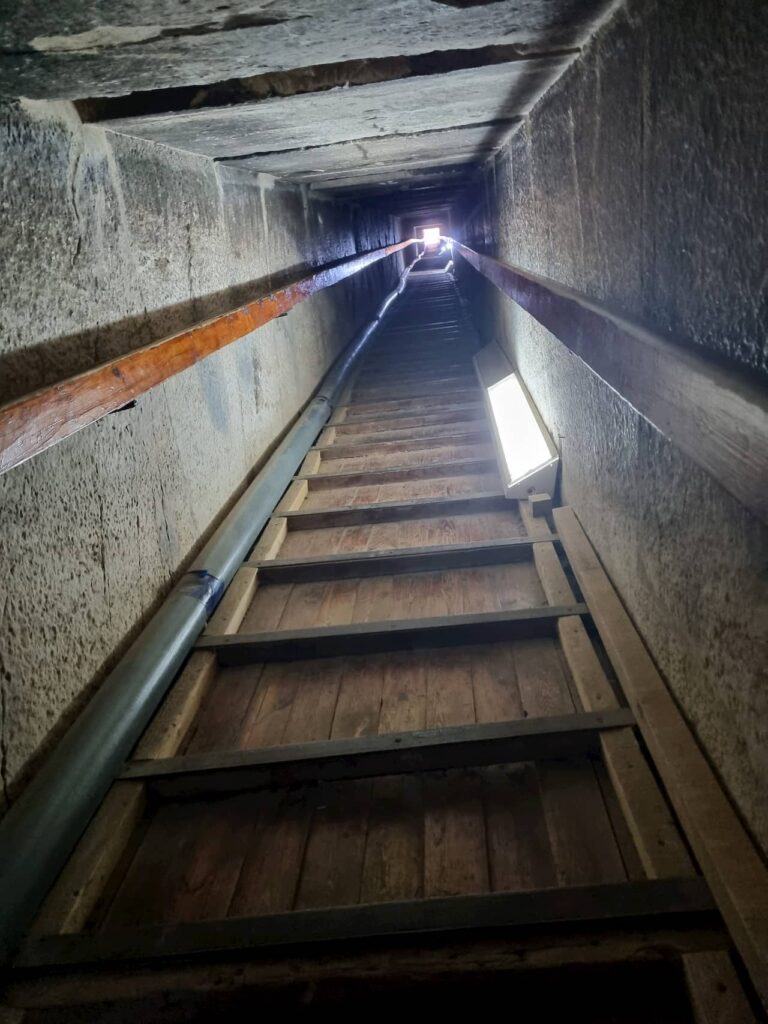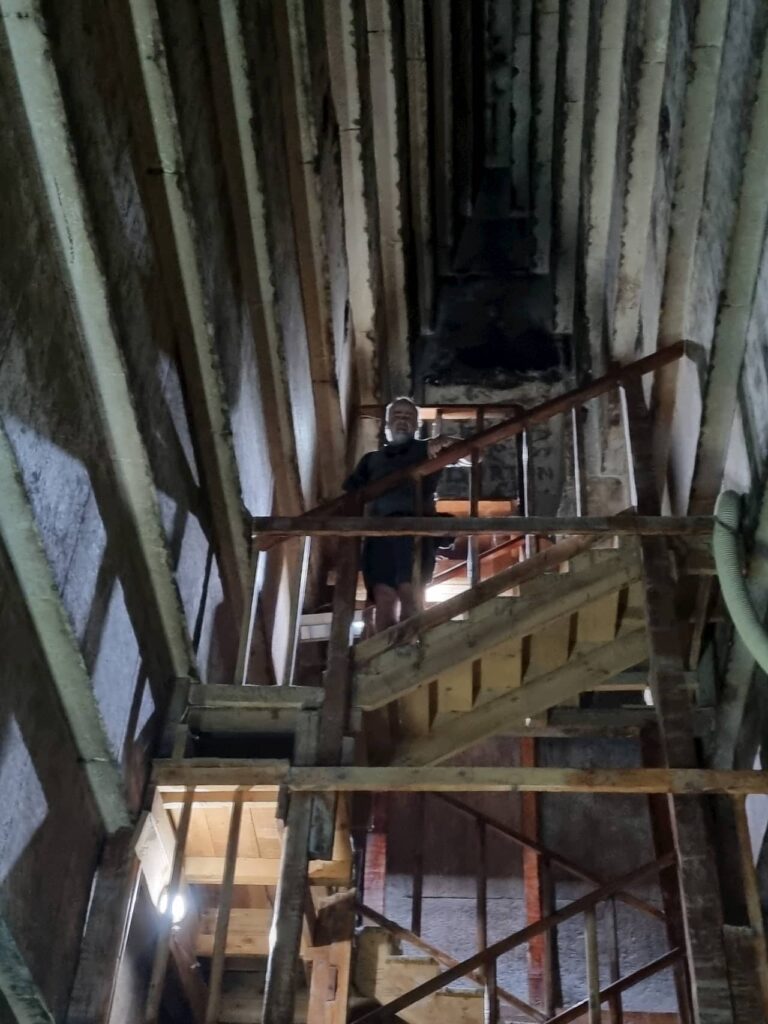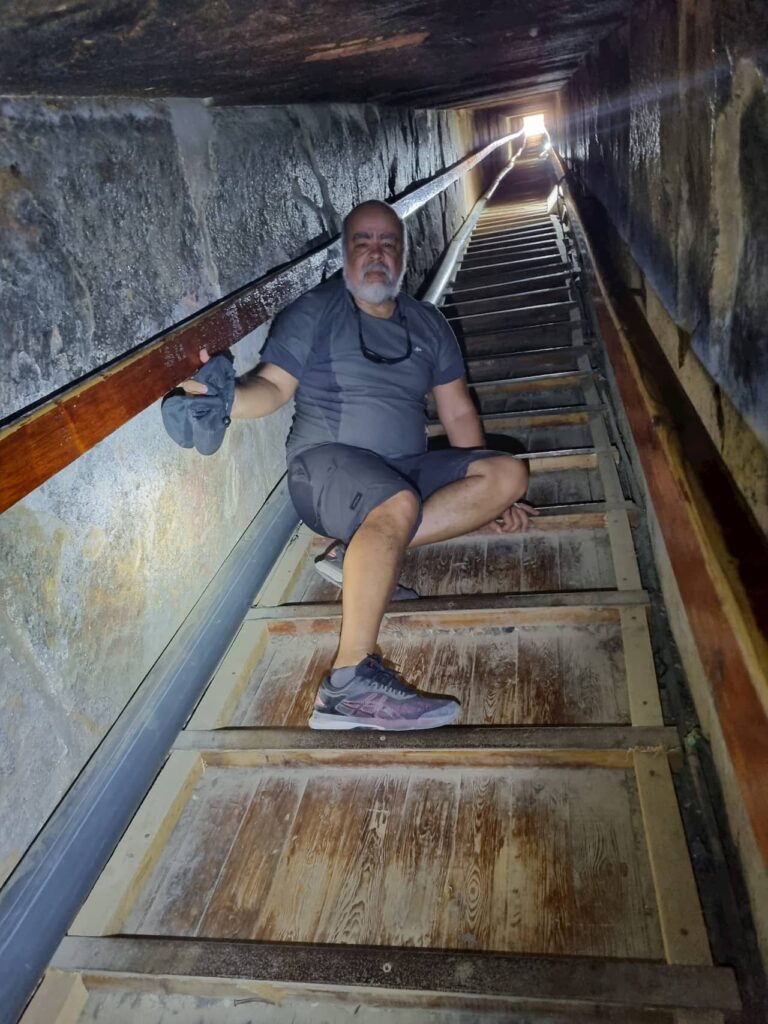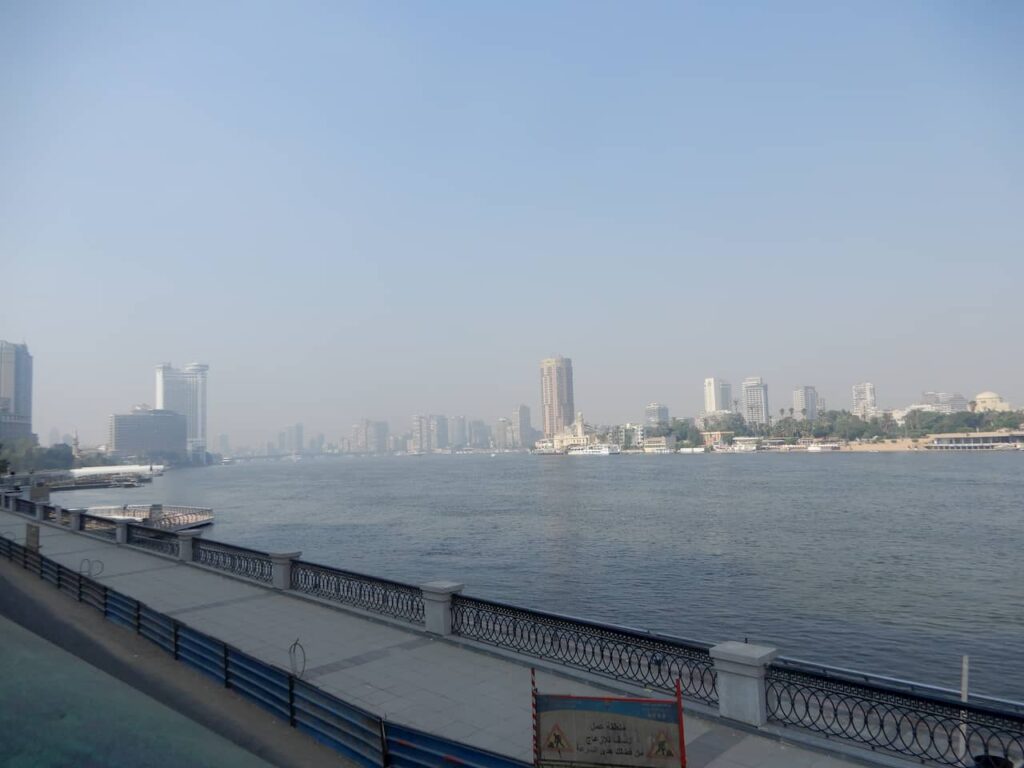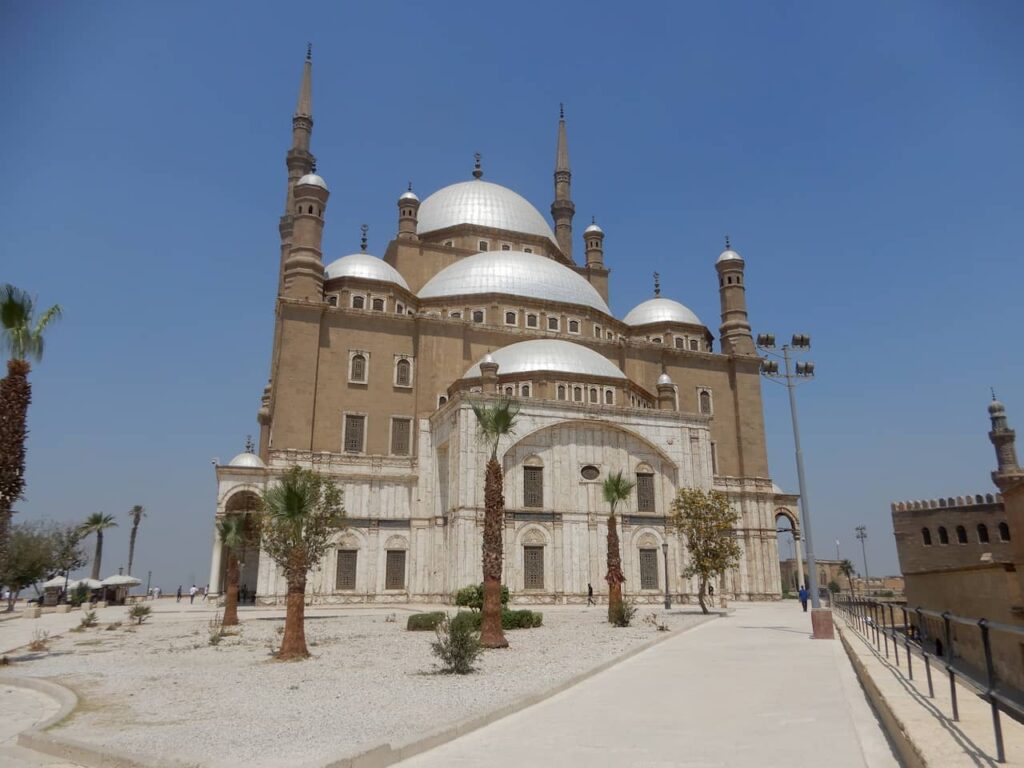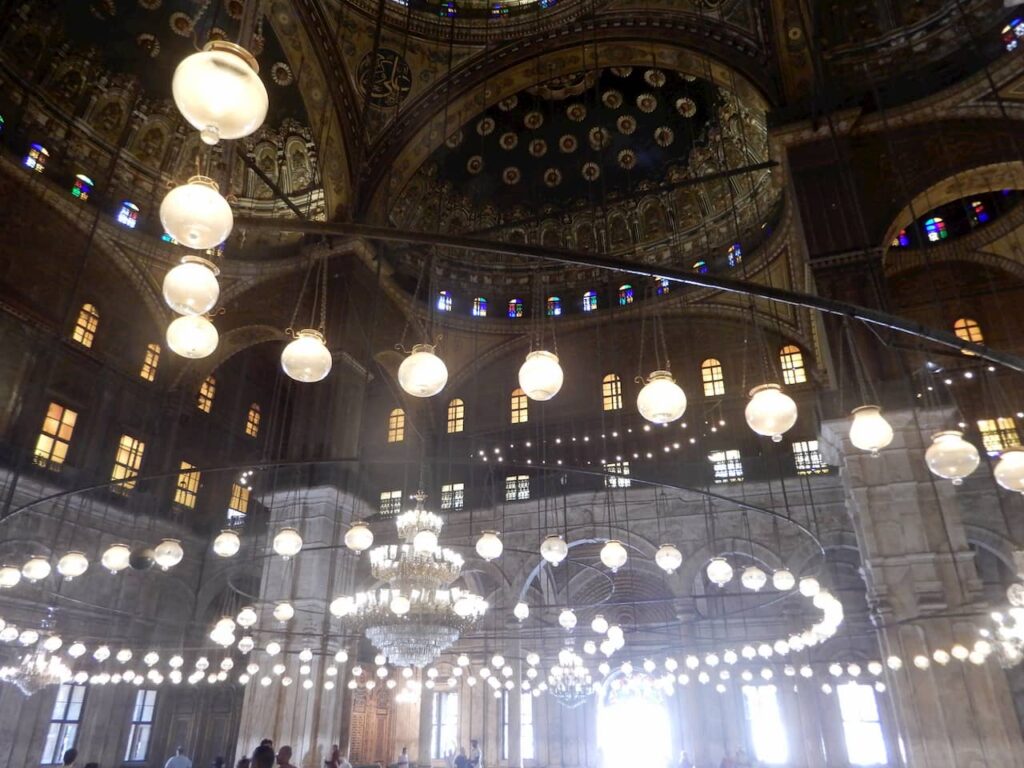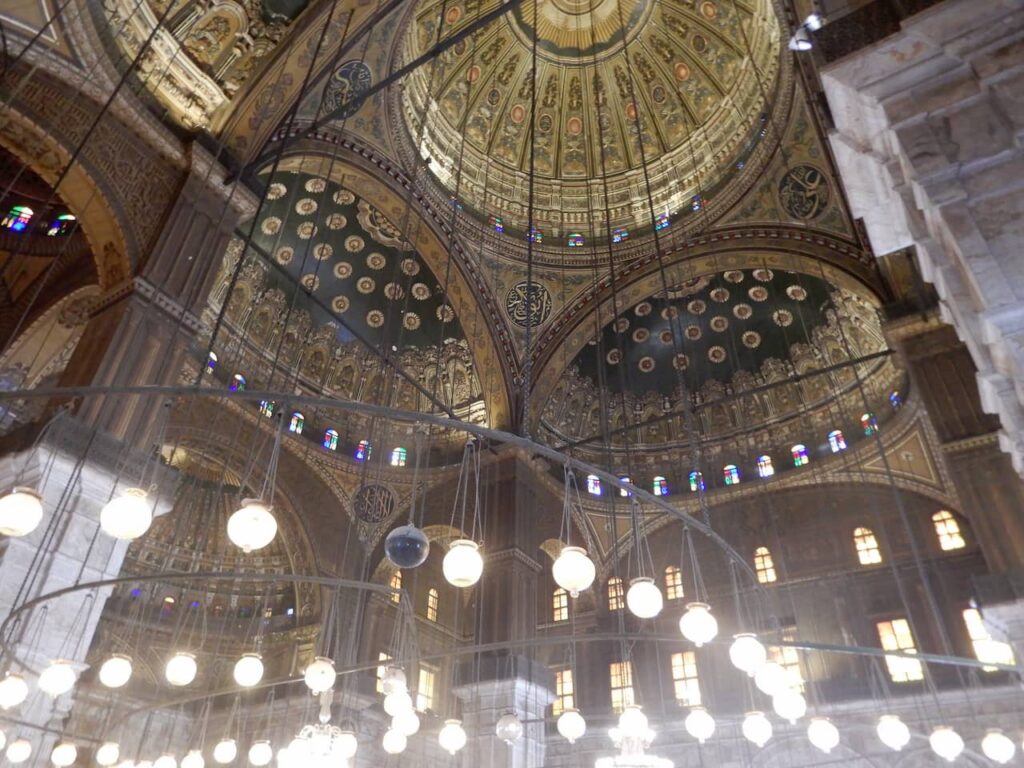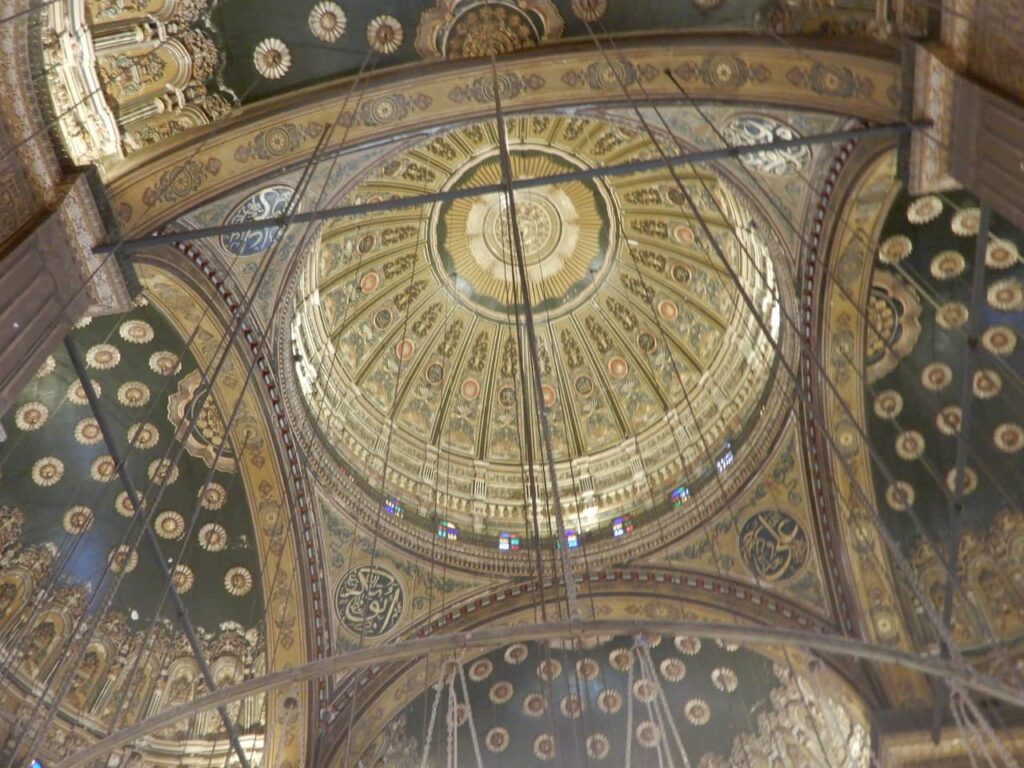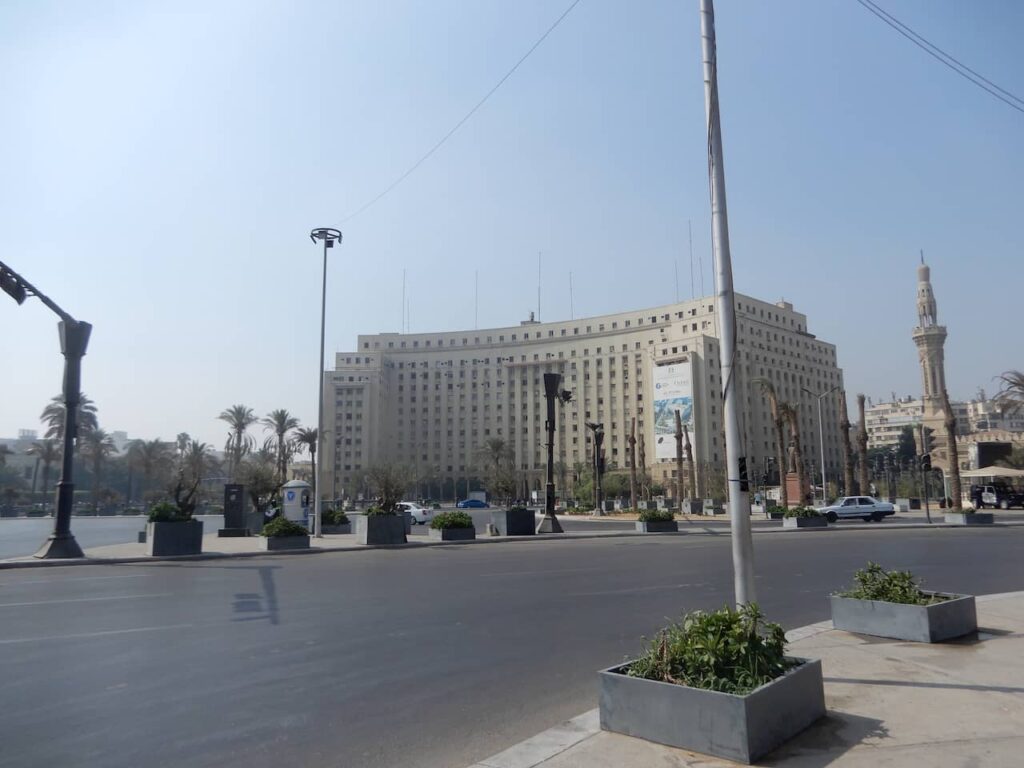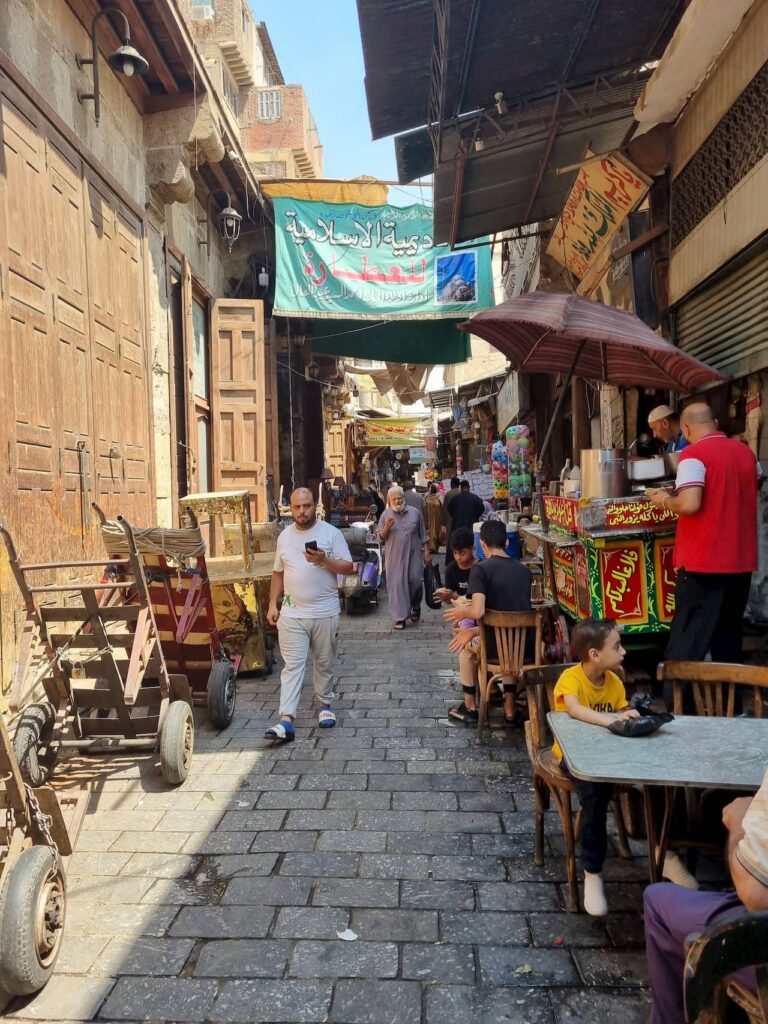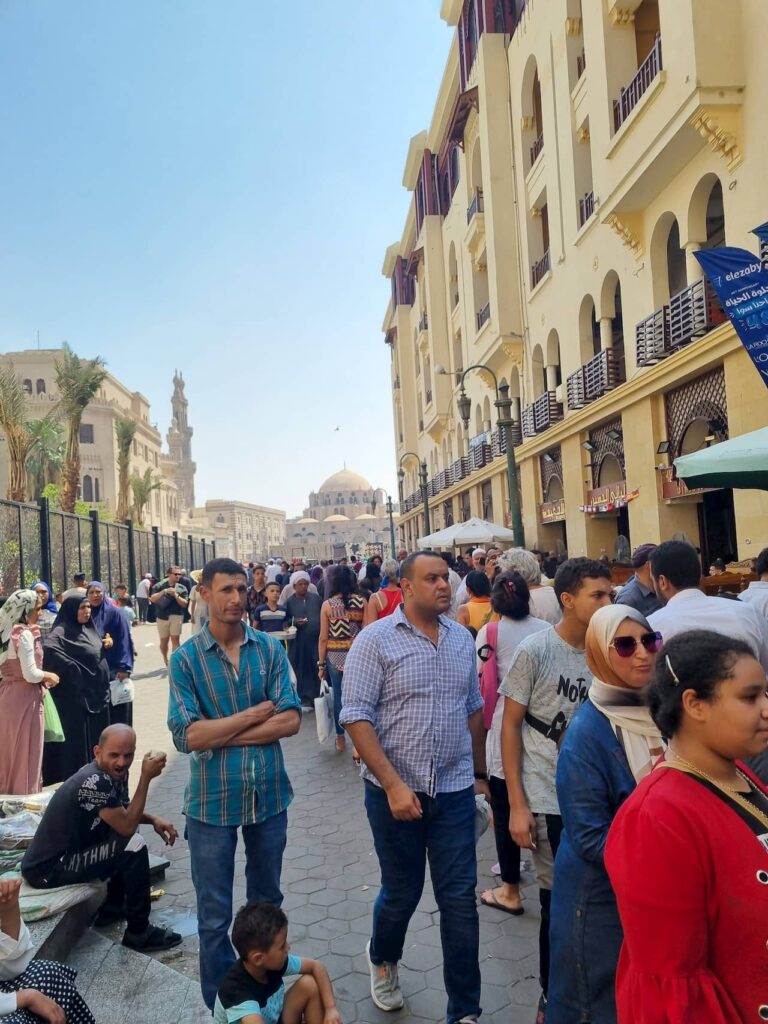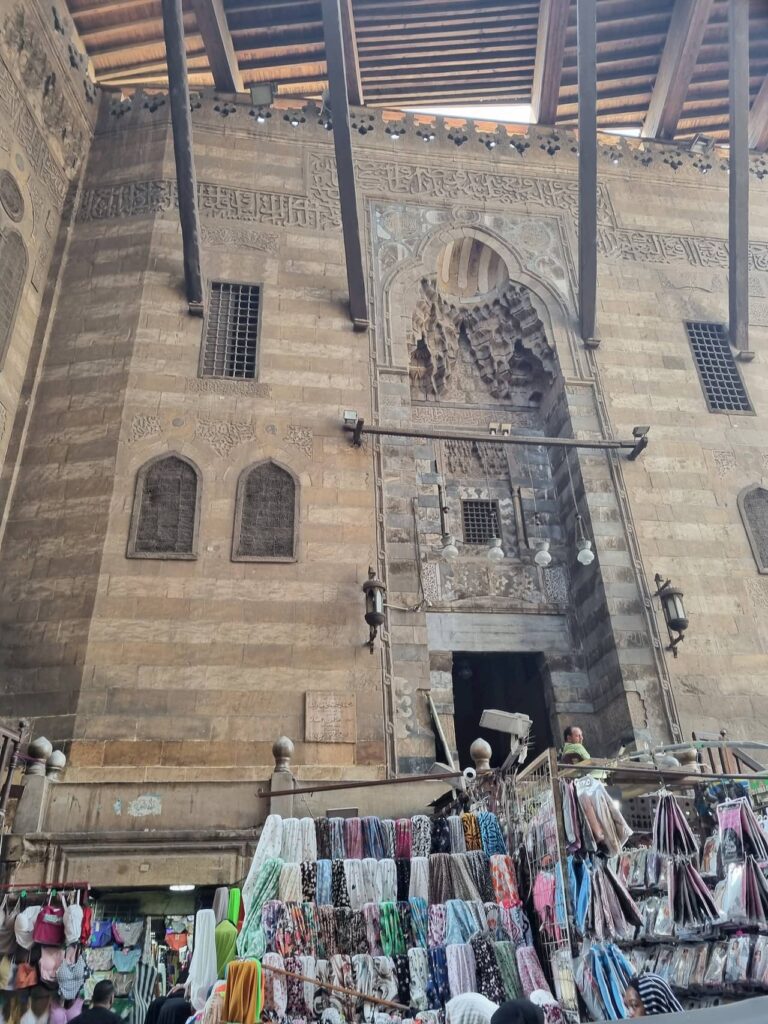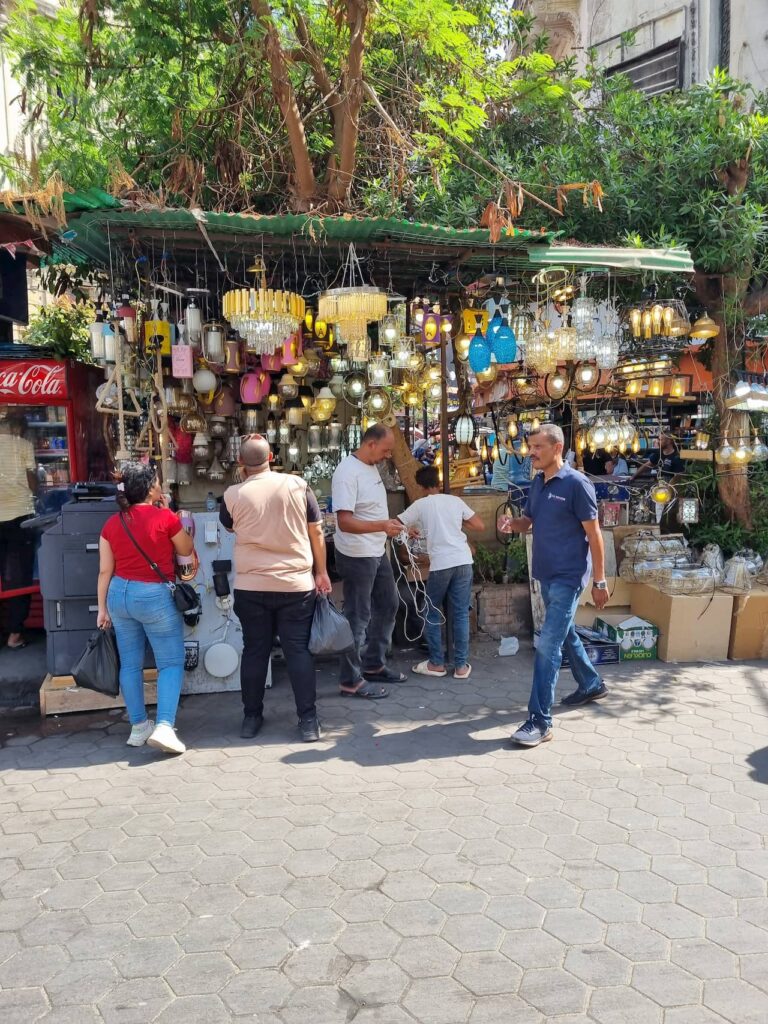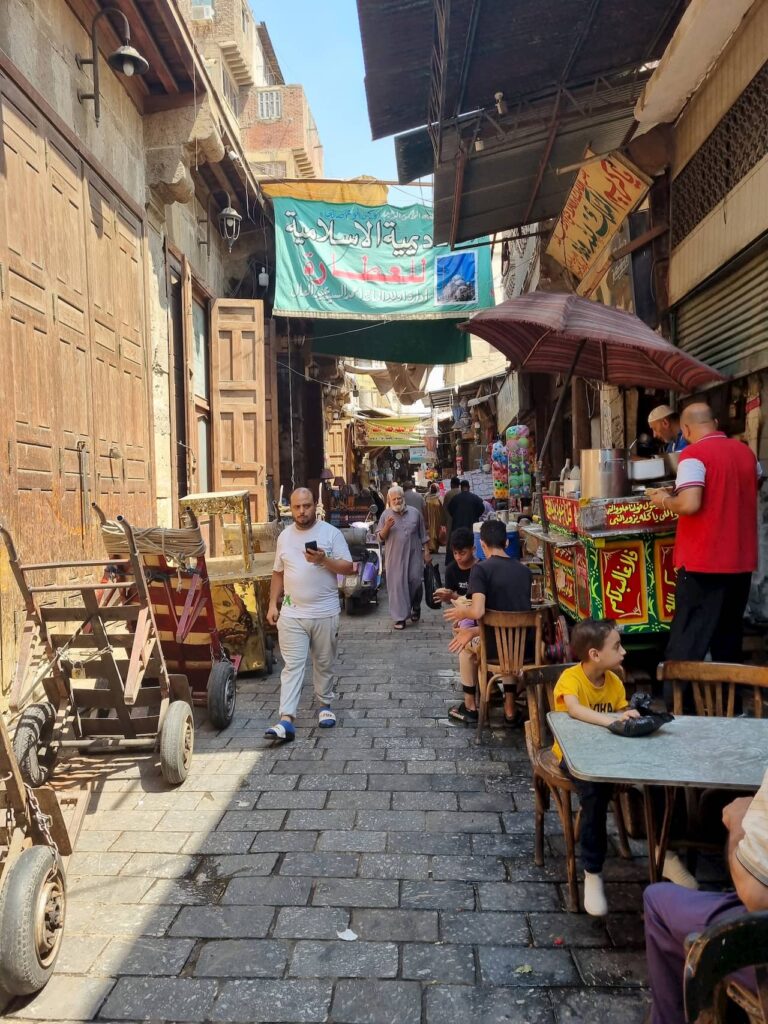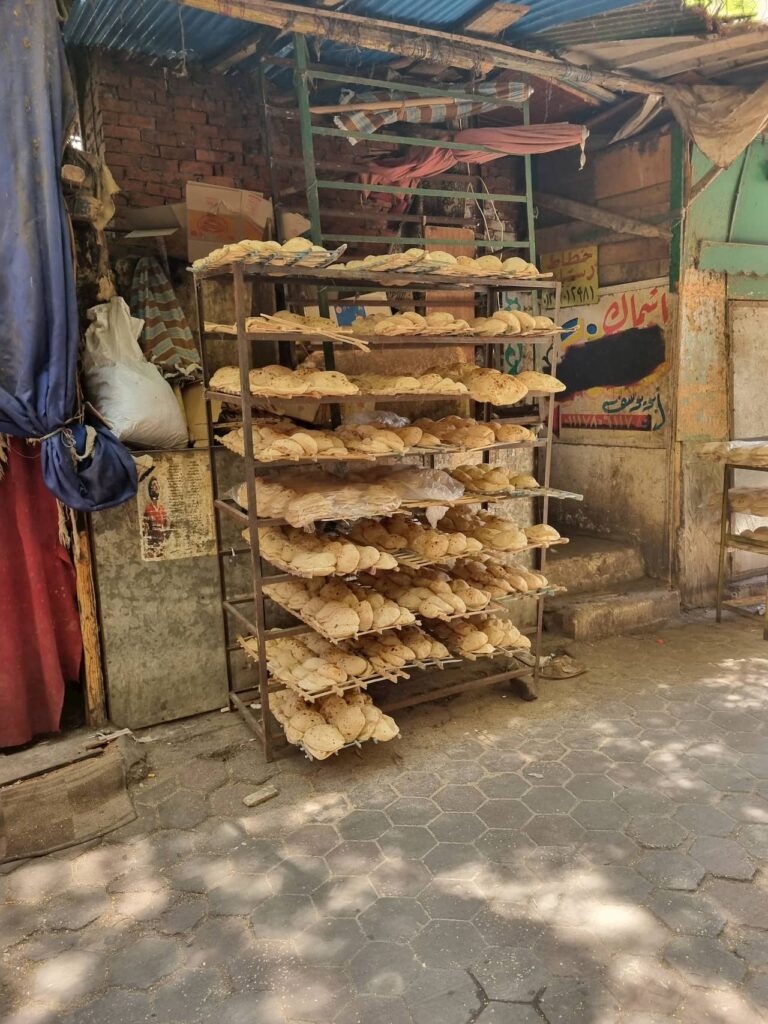Home » Destinations » Pyramid
Egypt

My plan to get to know the 7 wonders of the modern world, I couldn’t miss out on getting to know the only one of the 7 wonders of the ancient world that still exists.
The pyramids of Egypt.
So before completing the list with a visit to Petra, Jordan, see here the 7 wonders of the modern world, I went to see the Pyramids of Egypt.
The pyramids are in Giza, near Cairo.
See price and timetable information here to visit the pyramids.
Normally we only know the 3 main ones, which are the Great Pyramids of Giza, known as the Pyramid of Cheops or Khufu, the slightly smaller Pyramid of Khafre (or Chephren) a few hundred meters away, and the relatively smaller Pyramid of Menkaure. (or Menkaure) a few hundred meters from the Pyramid of Cheops.
But we also have the massive sculpture known as the Great Sphinx, several cemeteries, a workers’ village and an industrial complex.
I had already read and confirmed on the spot, that the number of people who try to “distort” their entry, trying to sell facilities is absurd.
I ignored everyone and went to the entrance, bought my ticket and entered the complex, I thought it would be free, but it only decreased, as there were several offering camel tours, etc.
Some even said that the path was not that way, etc.
As I am always well informed, I just followed my path.
The visit was wonderful, as we were experiencing the history of thousands of years.
You can enter the great pyramid, but besides being very expensive, in my opinion, it’s not worth it, as it’s a small hole with nothing to see.
Just search the internet and there are photos of the place, but it’s up to everyone to think about it.
Since I was in the area, I went to see the Dahshur pyramid, the museum in Memphis and the Saqqara complex.
Memphis
Although Memphis (founded in 3000 BC) was the seat of royal power for more than eight dynasties. Unfortunately, what remains today is a small open-air museum.
It highlights the red granite statue of Ramses II (he ruled from 1279-1213 BC) and many other pieces of pieces and columns,
Saqqara
It is one of the most significant and extensive necropolises in Egypt, serving as a cemetery for several millennia.
Saqqara has a long history as a cemetery dating back to the Early Dynastic period (c. 3100-2686 BC).
It was used as a burial ground for ancient Egyptian nobility, officials and royalty for over 3,000 years. The name of the place derives from the god Sokar, associated with the necropolis.
Step Pyramid of Djoser is the most famous and prominent structure in Saqqara
This pyramid, built during the 27th century BC, is attributed to the architect Imhotep and is considered one of the first colossal stone structures in Egypt. It marked a significant departure from previous mastaba tombs, as it was designed as a series of six-tiered stacked mastabas, creating the first pyramid.
Saqqara is not just about the Step Pyramid, it is a vast complex with numerous tombs, pyramids and monuments from various periods of ancient Egyptian history. It includes the Pyramid of Unas, the Pyramid of Teti and many other mastaba tombs.
The site contains numerous mastabas (rectangular, flat-topped tombs) that belonged to high officials, nobles, and members of the royal court. Some of these mastabas are richly decorated with reliefs, offering insight into the daily life and beliefs of the ancient Egyptians.
UNESCO World Heritage Site: Saqqara, along with the Pyramids of Giza and the ruins of Memphis, has been designated a UNESCO World Heritage Site since 1979.
Archaeological work at Saqqara continues to this day, and new discoveries are made regularly. These discoveries shed light on various aspects of ancient Egyptian culture, religious practices and burial customs.
Dahshur
What I discovered is that they are all part of a single complex, that is, they are in a continuous area.
From Dahshur which is the furthest away on a clear day you can see the pyramids of Giza.
Dahshur is located about 40 kilometers south of Cairo and is part of the Memphis Necropolis, a UNESCO World Heritage Site. Dahshur is notable for its unique pyramids
crooked pyramid
as, including the Bent Pyramid and the Red Pyramid.
(Pyramid of Sneferu):
It is one of the most distinctive pyramids in Egypt due to its unusual shape. It was built during the reign of Pharaoh Sneferu, who was the father of Khufu (the builder of the Great Pyramid of Giza).
The pyramid starts out at a steep angle, but halfway through the tilt angle changes, giving it a “bent” appearance. This change in angle was likely an adjustment made during construction to avoid structural instability.
With the learning, the Red Pyramid was created, which does not have this structural problem and is just a few meters away.
Red Pyramid (Sneferu Pyramid):
It is the third largest pyramid in Egypt, after the Great Pyramid of Giza and the Pyramid of Khafre.
With the entrance ticket you can enter the red Pyramid.
And this one is really worth entering, as in addition to being included in the ticket, it goes down 65 meters and has 3 large rooms with inscriptions.
Cairo
Cairo, the capital of Egypt, is one of the oldest cities in the world, with a history that spans millennia.
It’s one of those cities that you either love or hate.
A mix of architectural wonders such as Saladin’s Citadel offering panoramic views of the city, including historic mosques, Coptic Christian churches and well-preserved buildings from the Islamic and Ottoman era
But it’s a chaotic city
Cairo is situated on the banks of the River Nile, one of the most famous rivers in the world. The Nile adds a unique charm to the cityscape, and you can take boat trips or dine at restaurants overlooking the river.
The city is home to busy markets, including the most famous Khan el-Khalili, where you can buy everything from souvenirs to jewelry, spices and traditional crafts.
It is a vibrant, very chaotic place and place to experience Egyptian street life and haggle.
Cairo is known for its congestion and busy streets, which can be overwhelming for some visitors.
There is no order, everyone does what they want, everything is sold on the street, it’s just shouting.
A few hours at the market can leave a good headache.
Egyptian cuisine is diverse and tasty, with dishes such as koshari, falafel and shawarma being popular street foods.
Cairo has become a center of the region, like everything you can find, both for good and for bad.
To experience the city you need a great deal of patience, not despairing about the chaos and especially more patience when negotiating prices.
